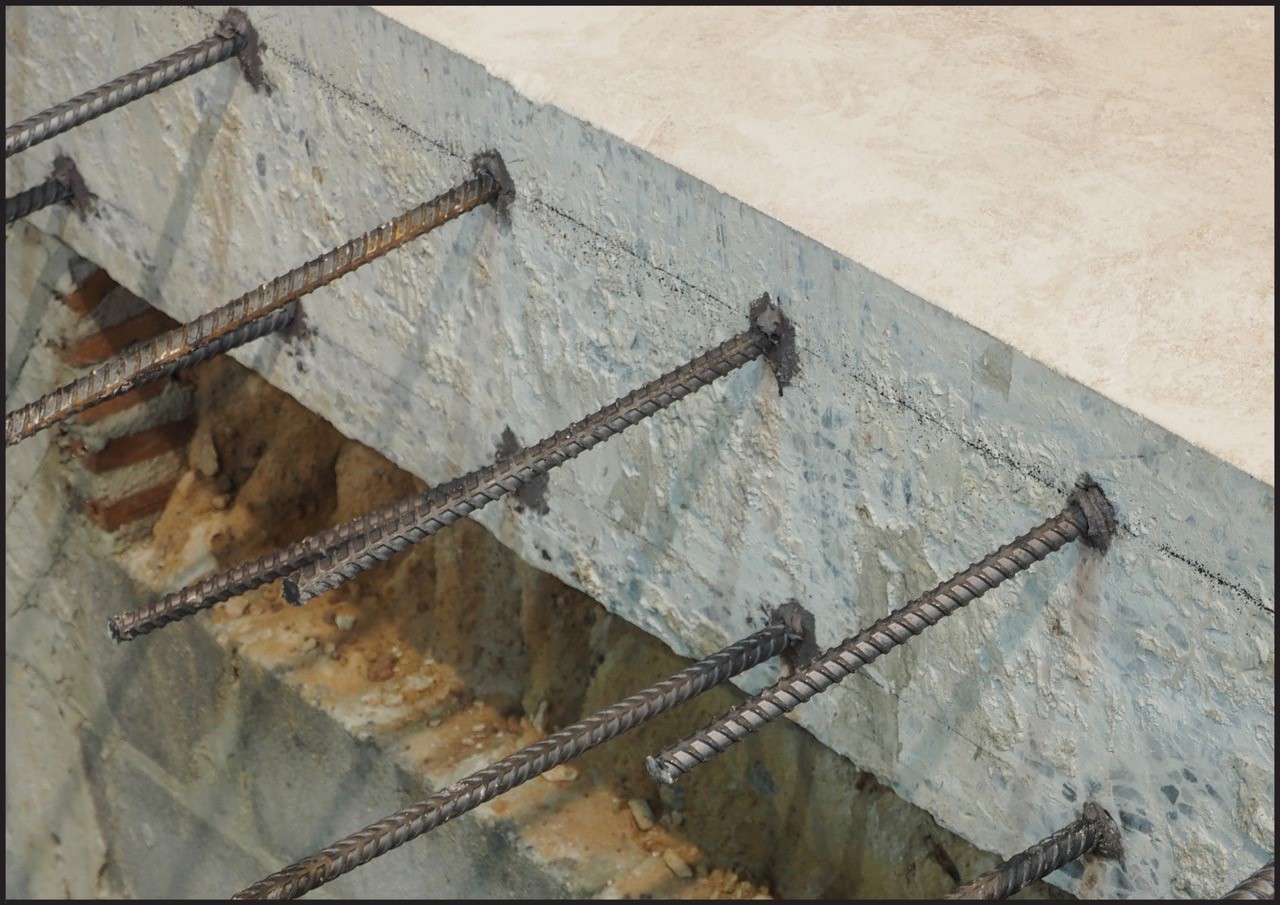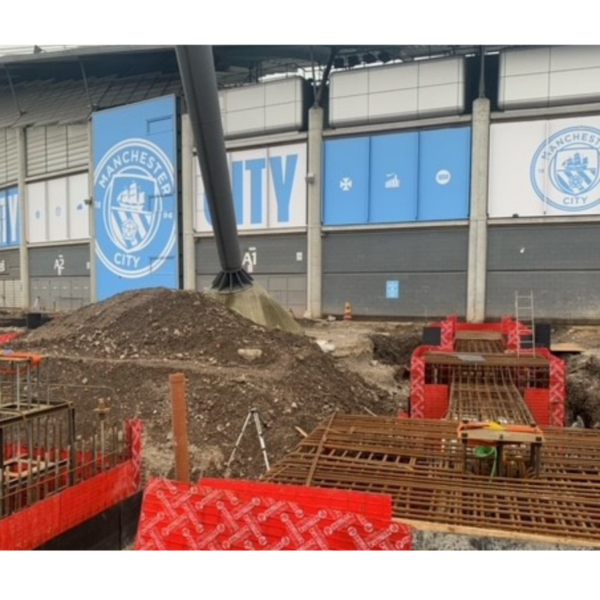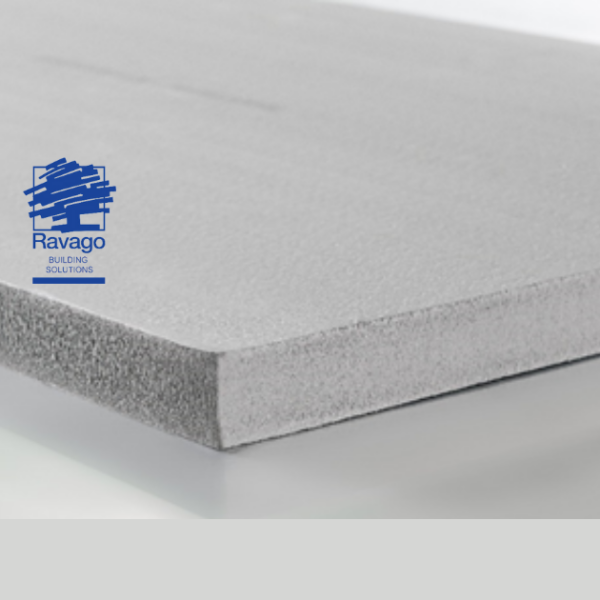In the intricate world of construction, every element plays a crucial role in ensuring the longevity and stability of structures. One indispensable component is the dowel bar. Silent contributors to the strength and durability of concrete structures, dowel bars have become a cornerstone in modern construction practices.
What are dowel bars?
Dowel bars are essentially load transfer devices, typically made of steel, designed to facilitate the movement and transfer of loads between adjacent concrete slabs or structures. These bars are strategically placed in concrete joints to enhance the structural integrity of the overall construction.

What role do Dowel Bars play in construction?
1. Load Transfer
Dowel bars serve as load transfer devices, bridging the gap between adjoining concrete slabs. In areas with heavy traffic loads or where significant movement is expected, such as expansion joints, dowel bars help distribute the load evenly, preventing the formation of cracks and ensuring the structural continuity of the pavement.
2. Preventing Fault Lines
One of the primary functions of dowel bars is to prevent the development of fault lines or faulting at joints. By accommodating the movement caused by temperature variations, traffic loads, and settlement, dowel bars play a crucial role in minimizing the chances of cracks and fractures in the concrete.
3. Enhance Durability
The placement of dowel bars significantly contributes to the durability of the structure. By minimizing the stress on the concrete and preventing the development of random cracks, dowel bars contribute to a longer lifespan for the construction, reducing the need for frequent repairs and maintenance.
4. Improving Joint Stability
Dowel bars enhance the stability of joints between adjacent concrete slabs. This is especially critical in infrastructure projects like highways and airports, where heavy loads and dynamic forces are prevalent. Properly installed dowel bars ensure that the joints remain stable over time, maintaining a smooth and safe surface for transportation.
How do you install dowel bars?
The installation of dowel bars requires precision and adherence to engineering standards. Typically, the bars are inserted into pre-drilled holes in the existing concrete slab before the placement of a new slab. Ensuring the correct alignment and spacing is essential for their optimal performance in load transfer and crack prevention.
What accessory items may I need to use with dowel bars?
There are many concrete accessories designed specifically for use with dowel bars. Expansion dowel bar caps are rigid PVC tubes with a compressible filler end, designed to take up joint movement during expansion. Dowel bar sleeves are a convenient and efficient method of debonding mild steel dowel bars, reducing the frictional resistance when dowel bars are used to connect concrete slabs. Dowel bar cradles are used to support dowel bars in expansion and contraction joints of road and floor slab construction.
Dowel bars may not be the most visible components of a construction project, but their impact on the durability and stability of structures is undeniable. As we navigate the complexities of modern construction, it’s essential to appreciate the significance of these unassuming steel bars in fortifying our roads, bridges, and buildings. Dowel bars and accessories can be purchased for next-day delivery from Precon Products.
Disclaimer: The recommendations relating to the application and end-use of the products mentioned are based on our current knowledge and experience of the products when properly stored, handled and applied under normal conditions. All product specification, information and data made available on the website is subject to change. All information presented is believed to be accurate and reliable, but is given without guarantee, warranty or responsibility or any kind.



